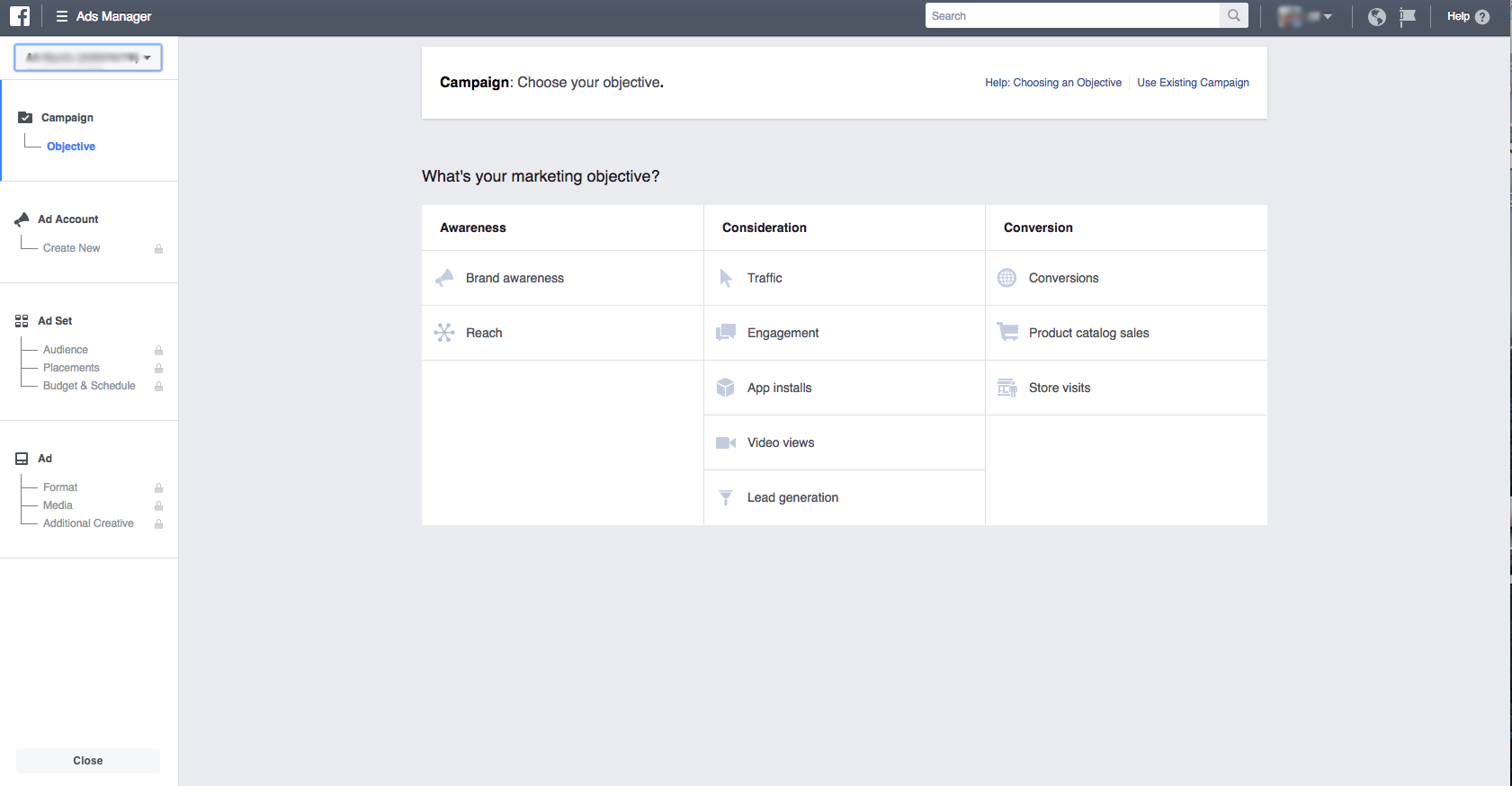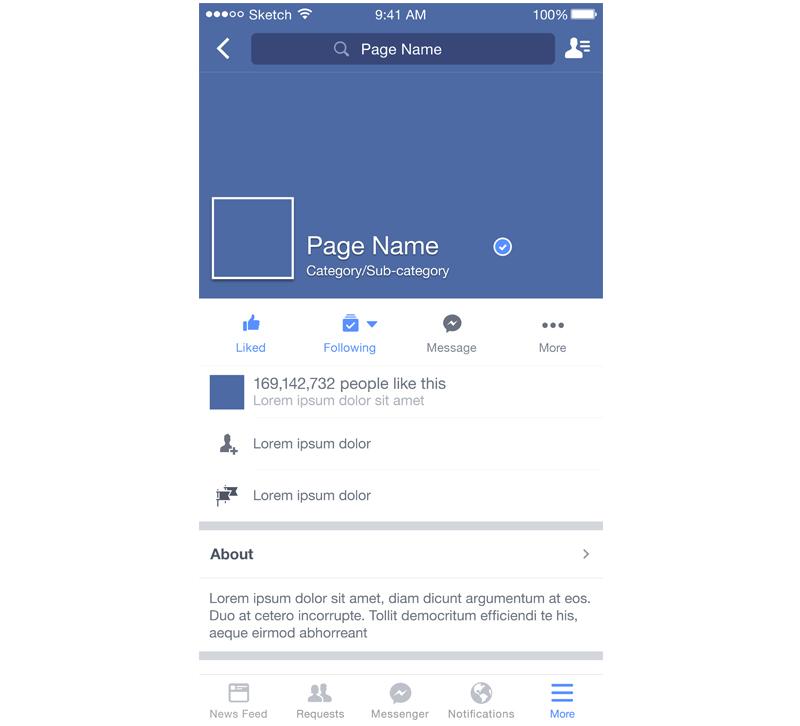With 1.94 billion monthly active users, Facebook continues to be the dominate social media platform. No matter your target demographic, you can find them posting, sharing and commenting on Facebook, so it makes sense that you should be spending at least some of your advertising dollars there.
In this series, we'll teach you how to use Facebook Ads Manager, the platform's advertising portal, and provide tips and advice for how to navigate this new marketing landscape.
Ten years ago, most showrooms and design firms relied on newspaper, television and radio ads to bring customers to their businesses. At the time, those ads worked well enough. They spread the word, but there was never any guarantee that the people reading, watching or listening had any intention of visiting a showroom or contacting a designer. Though a television ad might reach 10,000 people, there was no way to ensure that any of those 10,000 people were actually the showroom's target demographic.
Then came Facebook. Finally, a platform where almost all demographics congregated yet could still be sorted. Over the last few years, Facebook has built and tweaked its Ads Manager software to create tight campaigns that deliver the right message to the right people.
Want to get started with Facebook advertising? Read on for our simple introduction to Facebook advertising and its Ads Manager software.
Why Facebook Advertising?
If 1.94 billion monthly active users isn't enough to convince you to try out Facebook advertising, here are a few other points that might convince you:
- Declining power of organic reach. Gone are the days where you could expect your post to hit most, if not all, of your followers. For better or worse, Facebook is almost exclusively pay-for-play now, so if you really want to attract attention, you need to be boosting posts and running ads.
- Narrow targeting. Facebook can target more than just males and females in different age groups. You can narrow your target audience by job titles, interests and life events (new home or engagement) to ensure that the people who see your ad are most likely to engage with it.
- A/B testing capabilities. Not sure what type of ad will resonate with your audience? Dark posts allow you to show different ads to different groups of people. Try two different calls-to-action (CTAs) and see which one performs better.
- Building audiences. Do you have a list of newsletter subscribers? Did you know that you can feed your list into Facebook and it will match email addresses attached to existing accounts? This allows you to market directly to the people who have already expressed interest in your business.
- Small investments available. For as little as $5, you can boost your posts and increase your engagement. You can invest as much or as little as you want.
- Campaign results. Unlike almost any other type of advertising, Facebook will tell you exactly how your campaigns performed, which will allow you to tweak your ads and audiences to deliver a better message to the most receptive audience.
No matter your budget, Facebook advertising offers plenty of easy, customizable solutions to help you reach your marketing goals. The software is user-friendly, and the customizing options are limitless.
Getting Started
First and foremost, you need a Facebook business page to get started. On the off chance you don't have one, pause here and go create one for your business. If you did not create the page but want to handle the advertising, you will need to be made a page manager.
Every account comes with the Ads Manager, Facebook's advertising software that controls all of your ads and tracks their progress. To access your Ads Manager, go to the top right-hand corner of your Facebook page and click the down arrow. A drop-down menu will appear. Click "Create Ad" to go to your Ads Manager.
Your Ads Manager should look like this:

Facebook strives to be as user-friendly as possible, so it will guide you as you start creating ads. Your first job here is to choose an objective: awareness, consideration and conversion. Depending on which part of the sales funnel you'd like to target, the objectives will help you determine which type of ad you should be running.
Here's a quick breakdown of your potential objectives:
- Awareness: If you don't have a lot of followers, it might be best to start with awareness. This encourages Facebook users to start interacting with your brand by liking your page. Best for companies that want to expand their reach to neighboring cities.
- Consideration: You have a lot of followers, but they're not engaging with your brand. The consideration option offers different ways to get people to interact with your brand either by visiting your website, claiming an offer or liking your posts.
- Conversion: To really get people moving through the sales funnel, the conversion option offer actionable ads to move customers to view your catalog or visit your store.
If you hover over each marketing objective, Facebook will tell you what each marketing objective should broadly be used for.
In general, it's best to start from left to right. If you don't have a lot of followers or engagement, then start at the far left and build your following. You might be inclined to start right at getting customers to your store, but remember, they have to know what your store is first. Don't skip ahead before you have brand awareness.
Next week, we'll tackle the different types of ads Facebook offers and how they should be used.







